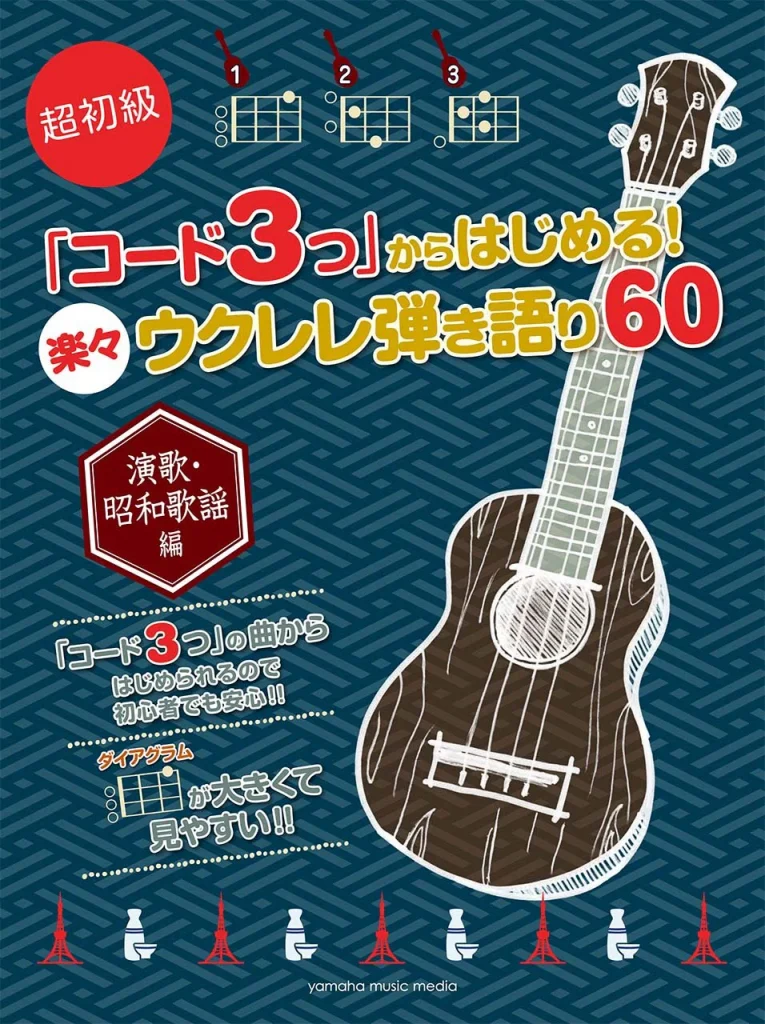
Historical and contemporary Japanese attitudes toward the ukulele have framed both the instrument and Hawaii as objects of idealized longing and utopian desire. This yearning embodies what Christine Yano describes as a “plucked paradise”—a concept that combines music-making on a stringed instrument with the imagery of flowers being harvested for personal enjoyment. In this context, plucking a string creates a soft, fleeting sound, while plucking a flower represents a subtle act of aesthetic appropriation. Both evoke a paradise that is temporary, sensual, and aestheticized.

These perspectives raise important questions about the meanings that participants ascribe to the ukulele and its music in Japan. How do infrastructural elements, particularly the influence of Japanese Americans, contribute to the growth of ukulele culture in Japan? For instance, Japanese Americans like Haida “Harry” Yukihiko, considered the “Father of Hawaiian music in Japan”, and his brother Katsuhiko brought their knowledge of and enthusiasm for the ukulele to Japan in the 1920s when they visited to repatriate the ashes of their father but stayed to study at a university. Their enthusiasm for Hawaiian music and in-between status, with direct access to both Hawaii and Japan, helped foster the first ukulele boom in Japan. By examining the various dimensions involved in creating this “plucked paradise,” we can uncover the tensions, conflicts, and creative forces that shape this cultural exchange.
This according to “Plucking paradise: Hawaiian ukulele performance in Japan” by Christine R. Yano (Japanese studies 35/3 [2015] 317–330; RILM Abstracts of Music Literature, 2015-82904).
Below, the Japanese duo Fukulele perform Clap your hands and sing with me, a song about world peace composed by Roy Sakuma. The group played the song at the 2022 Ukulele Festival Hawaii’s Global Play Along. The following video features the Japan Junior Ukulele Orchestra performing the same song.







